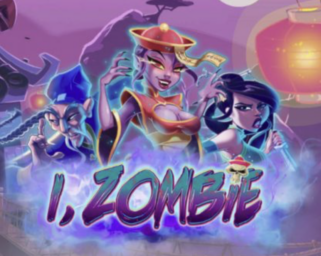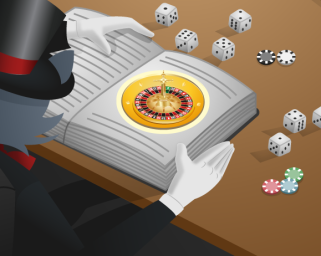There are multiple moves you can make in blackjack. And if you know how to execute them correctly, you can end up with some very nice payouts. But if you make a mistake, it can cost you the entire game. There’s one particular bet in blackjack that people rarely ever talk about, and it’s called the ‘Insurance Bet’. If you’ve never heard of the term either, don’t worry! We’ve put together this brief guide to help you learn what the blackjack insurance bet is. We also show you how to apply it when you’re next planning to play blackjack online or in a land-based casino.
What is the Insurance Bet in Blackjack?

In a nutshell, the insurance bet is a ‘side bet’ in blackjack offered as an option to players when the dealer’s up card is an Ace. In most online games, a question will usually pop up on the screen asking whether you want to take this bet or not. You can select yes or no.
If you decide to go for the insurance bet, you will need to wager half of your original stake. This will pay 2 to 1 ($10 must be wagered on the insurance bet if your wager was $20 initially). If the dealer’s next card is either a king, queen, jack or ten – you’ll win the bet. But if the cards you have do not equate to 21 and the dealer turns over a blackjack, you lose your original stake but win it back in the form of the ‘insurance’ bet. If the dealer does not have a blackjack, the insurance bet nullifies and the game continues as normal.
Rules of Insurance in American and European Blackjack
In American blackjack, the rules are slightly different in comparison to its European counterpart. If you were to sit down to a blackjack table in Atlantic City or Vegas, you’ll see that the dealer is allowed to have a sneak peek at their hole card. This is to see if they have a blackjack before the other players are able to act. In the European version, the dealer doesn’t get a hole card to look at. They only get the extra cards after the players make their moves.
Though the rest of the game follows the same rules, you’ll know that the dealer hasn’t achieved 21 by the time you act on your own hand in American blackjack. The fact you have no idea what to expect in European blackjack makes it that little bit more challenging. And it means you have to act and think a bit more conservatively when playing this variation of the game.
Card Counting

Card counting certainly isn’t an easy art to master. However, those who can have found success with insurance bets in the past. Players who card count are able to tell when there is a surplus of 10-value cards in the pack, which is something that drastically alters the odds to the player’s advantage. The only downside is the fact that online casinos shuffle the decks before each hand is dealt. Therefore, it’s impossible to count cards in online games.
Why Would Anyone Take Insurance in Blackjack?
Good question, as from what we’ve explained above. The odds of the dealer turning over an ace to form a blackjack in a standard deck game are 9:4. This puts the house edge up to 12.5%. That’s the biggest house edge out of all casino games bar progressive jackpot side bets; when the top reward is quite small as it is.
Unless you’re an expert at counting cards, you’ll find that even the most professional blackjack players usually refrain from placing insurance bets. This is because regardless of whether the dealer turns over a 10 on one game, over time you’re chucking 12.5 cents for every dollar you wager. The more decks that are being used in a game also pushes the odds into the house’s favor even more. That’s also why you might often hear insurance in blackjack referred to as “the sucker bet.”
Conclusion
Now you’re up to speed with the blackjack insurance bet. It’s up to you whether you choose to implement it into your gaming strategy or not. Just be aware of that it’s very rarely a profitable wager to place. You’re much better off referring to something like a blackjack cheat sheet or defining your own blackjack strategy to beat the house.










